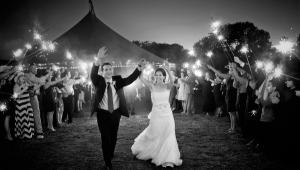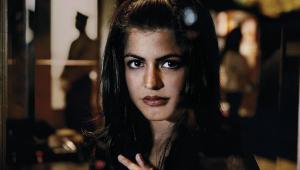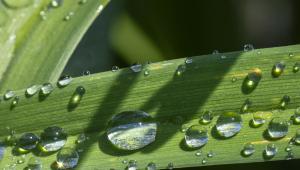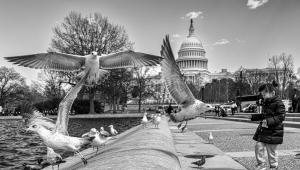Women In Photography
Claire Yaffa Portrays Hard Hitting Issues
| When Claire Yaffa showed
her photographs to Cornell Capa, he said, "You take pretty pictures,
Yaffa, but what do you really want to say?" Yaffa thought long
and hard about the question. She had always been interested in the problem
of child abuse, so in 1979 she contacted Dr. Vincent Fontana, Medical
Director of the New York Foundling Hospital. At the hospital she began
to photograph young mothers and their children and watched as many of
them changed from abusive to loving parents. |
- Log in or register to post comments

















































